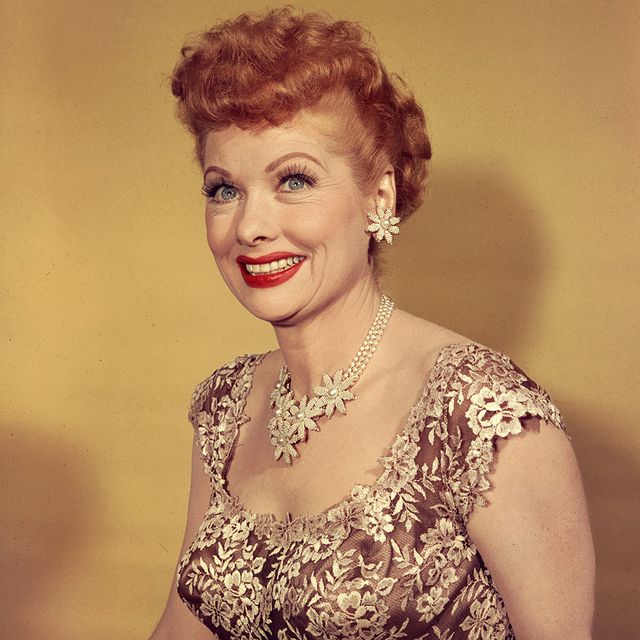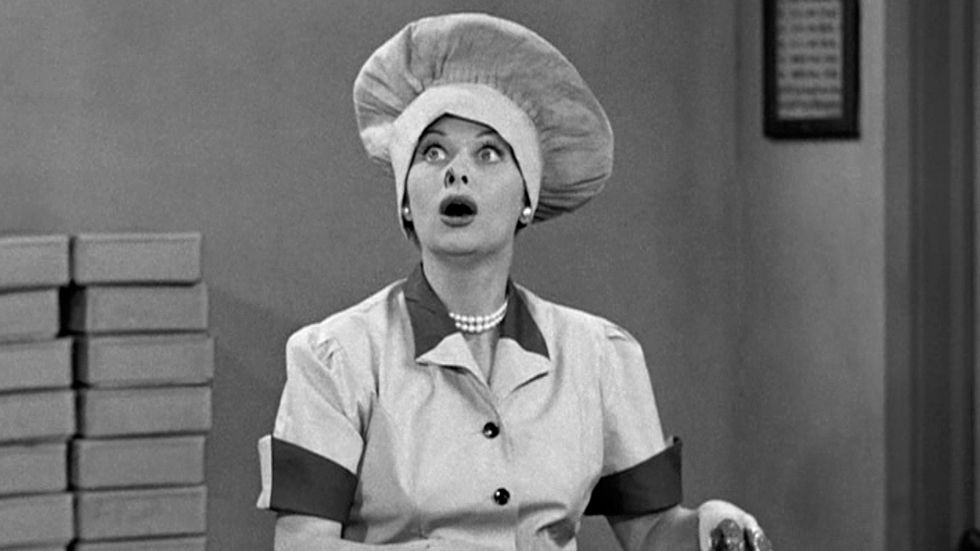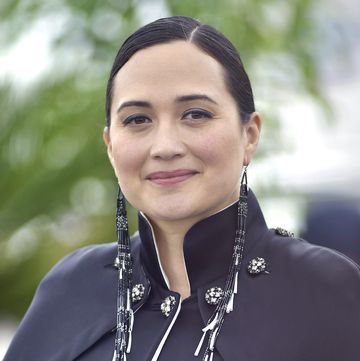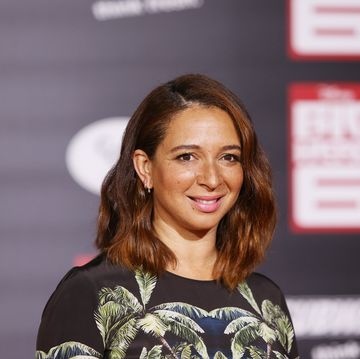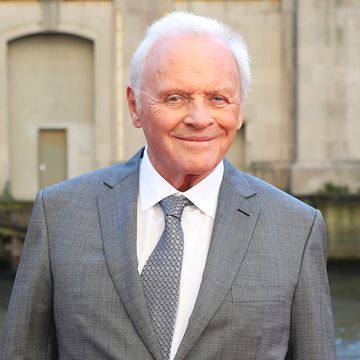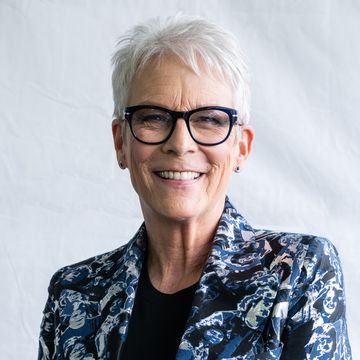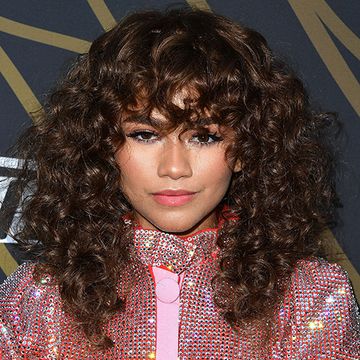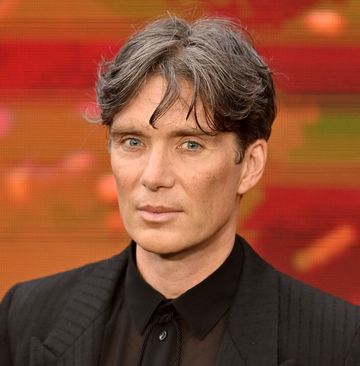(1911-1989)
Who Was Lucille Ball?
Lucille Ball got her start as a singer, model and film star before becoming one of America's top comedic actresses with the 1950s TV show I Love Lucy, co-starring on the show with her husband, Desi Arnaz. The two divorced in 1960, and Ball went on to star in The Lucy Show and Here's Lucy while also becoming a top TV executive. She died in 1989.
Early Life
Ball was born on August 6, 1911, in Jamestown, New York, to Henry Durrell Ball and his wife Desiree. The elder of the couple's two children (her brother, Fred, was born in 1915), Ball had a hardscrabble childhood shaped by tragedy and a lack of money.
Ball's father, Henry (or Had, as he was known to his family) was an electrician, and not long after his daughter's birth he relocated the family to Montana for work. Then it was off to Michigan, where Had took a job as a telephone lineman with the Michigan Bell Company. Life came undone in February 1915 when Had was struck with typhoid fever and died. For Ball, just 3 years old at the time, her father's death not only set in motion a series of difficult childhood hurdles, but also served as the young girl's first real significant memory.
"I do remember everything that happened," she said. "Hanging out the window, begging to play with the kids next door who had measles, the doctor coming, my mother weeping. I remember a bird that flew in the window, a picture that fell off the wall."
Desiree, still reeling from her husband's unexpected death and pregnant with Fred, packed up and returned to Jamestown, New York, where she eventually found work in a factory and a new husband, Ed Peterson. Peterson, though, wasn't a fan of kids, especially young ones, and with Desiree's blessing, he decided the two of them would move to Detroit without her children. Fred moved in with Desiree's parents, while Ball was forced to make a new home with Ed's folks. For Ball that meant contending with Peterson's stern mother, who didn't have much money to lavish on her step-granddaughter. The family, Ball would later recall, lacked enough money even for school pencils.
Early Career
Finally, at age 11, Ball reunited with her mother when Desiree and Ed returned to Jamestown. Even then, Ball had an itch to do something big, and when she was 15 she convinced her mother to allow her to enroll in a New York City drama school. But despite her longing to make it on the stage, Ball was too nervous to draw much notice.
"I was a tongue-tied teenager spellbound by the school's star pupil, Bette Davis," said Ball. The school finally wrote her mother, "Lucy's wasting her time and ours. She's too shy and reticent to put her best foot forward."
She remained in New York City, however, and by 1927 Ball, who had started calling herself Diane Belmont, found work as a model, first for fashion designer Hattie Carnegie, and then, after overcoming a debilitating bout of rheumatoid arthritis, for Chesterfield cigarettes.
In the early 1930s, Ball, who had dyed her chestnut hair blonde, moved to Hollywood to seek out more acting opportunities. Work soon followed, including a stint as one of the 12 "Goldwyn Girls" to promote the 1933 Eddie Cantor flick Roman Scandals. She landed a role as an extra in the Ritz Brothers film The Three Musketeers, and then in 1937 earned a sizable part in Stage Door, starring Katharine Hepburn and Ginger Rogers.
Marriage to Desi Arnaz
All told, Ball would appear in 72 movies during her long career, including a string of second-tier films in the 1940s that garnered her the unofficial title "The Queen of B Movies." One of the earliest ones, a movie called Dance, Girl, Dance, introduced her to a handsome Cuban bandleader named Desi Arnaz. The two appeared together in Ball's next film, Too Many Girls, and before the year was out, the pair fell madly in love and married.
For the careful, career-minded Ball, who had periodically been romantically linked to a series of older men, Arnaz was something completely different: fiery, young (he was just 23 when they met) and with a bit of a reputation as a ladies' man. Friends and colleagues guessed the romance between the apparently mismatched entertainers wouldn't last a year.
But Ball seemed drawn to Arnaz's spark, and while her husband's attention sometimes did stray romantically from the marriage, the truth is that during their 20 years together, Arnaz greatly supported Ball's career hopes.
Still, as the late 1940s rolled around, Ball, who had dyed her hair red in 1942 at MGM's urging, was looking at a stagnant movie career, unable to break into the kinds of starring roles she'd always dreamed about. As a result, Arnaz pushed his wife to try broadcasting, and it wasn't long before Ball landed a lead part in the radio comedy My Favorite Husband. The program caught the attention of CBS executives, who wanted her to recreate something like it on the small screen. Ball, though, insisted it include her real-life husband, something the network clearly wasn't interested in seeing happen. So Ball walked away, and with Desi put together an I Love Lucy–like vaudeville act and took it on the road. Success soon greeted the pair. So did a contract from CBS.
READ MORE: Inside Lucille Ball and Desi Arnaz's 'Fantastic Romance' and 'Successful Divorce'
'I Love Lucy'
From the get-go Ball and Arnaz knew exactly what they wanted from the network. Their demands included the opportunity to create their new program in Hollywood rather than New York, where most TV was still being shot. But the biggest hurdle centered on the couple's preference to shoot on film rather than the less expensive kinescope. When CBS told them it would cost too much, Ball and Arnaz agreed to take a pay cut. In return they would retain full ownership rights to the program and run it under their newly formed production company, Desilu Productions.
On October 15, 1951, I Love Lucy made its debut, and to the television viewing audience across the country it was immediately apparent this was a sitcom like no other. Bombastic and daring, the show, which co-starred Vivian Vance and William Frawley, as Lucy and Desi's two best friends, set the stage for a generation of family-related sitcoms to come. The program included story lines that dealt with marital issues, women in the workplace and suburban living.
And in perhaps one of the most memorable TV episodes ever, I Love Lucy touched on the theme of pregnancy, when Lucy gave birth to Little Ricky on January 19, 1953, the same day the real-life Lucy delivered her son Desi Jr. by cesarean. (Ball and Arnaz's first child, Lucie, had arrived two years before.)
As the title of the show indicated, Lucy was the star. While she could at times downplay her hard work, Ball was a perfectionist. Contrary to perception, rarely was anything ad-libbed. It was routine for the actress to spend hours rehearsing her antics and facial expressions. And her groundbreaking work in comedy paved the way for future stars such as Mary Tyler Moore, Penny Marshall, Cybill Shepherd and even Robin Williams.
Her genius did not go unrecognized. During its six-year run, I Love Lucy's success was unmatched. For four of its seasons, the sitcom was the No. 1 show in the country. In 1953 the program captured an unheard-of 67.3 audience share, which included a 71.1 rating for the episode that featured Little Ricky's birth, a turnout that surpassed the television audience for President Eisenhower's inauguration ceremonies.
After 'Lucy'
While the show ended in 1957, Desilu Productions continued on, producing more television hits like Our Miss Brooks, Make Room for Daddy, The Dick Van Dyke Show, The Untouchables, Star Trek and Mission: Impossible.
In 1960 Ball and Arnaz divorced. Two years later, Ball, now remarried to comedian Gary Morton, bought out her former husband and took over Desilu Productions, making her the first woman to run a major television production studio. She eventually sold the company to Gulf-Western in 1967 for $17 milllion.
More acting work followed, including a pair of sitcoms, The Lucy Show (1962-68) and Here's Lucy (1968-73). Both achieved a modest level of success, but neither captured the magic that had defined her earlier program with Arnaz. It didn't matter, though. Even if she had never done another piece of acting again, Ball's impact on the world of comedy and the television industry in general would have been widely recognized.
In 1971 she became the first woman to receive the International Radio and Television Society's Gold Medal. In addition there were four Emmys, induction into the Television Hall of Fame and recognition for her life's work from the Kennedy Center for the Performing Arts.
In 1985, Ball strayed from her comedic background to take on a dramatic role as a homeless woman in the made-for-TV movie Stone Pillow. While it was hardly a smash hit, Ball earned some praise for her performance. Most critics, though, wanted to see her return to comedy, and in 1986 she debuted a new CBS sitcom, Life With Lucy. The program earned its star $2.3 million but not much of an audience. After just eight episodes it was canceled.
Death
On April 26, 1989, she died from a ruptured aorta following open-heart surgery at Cedars-Sinai Medical Center in Los Angeles.
QUICK FACTS
- Name: Lucille Ball
- Birth Year: 1911
- Birth date: August 6, 1911
- Birth State: New York
- Birth City: Jamestown
- Birth Country: United States
- Gender: Female
- Best Known For: One of America's most beloved comedians, Lucille Ball is particularly known for her iconic television show 'I Love Lucy.'
- Industries
- Comedy
- Television
- Astrological Sign: Leo
- Schools
- John Murray Anderson School for the Dramatic Arts
- Interesting Facts
- Lucille Ball gave birth to her actual son Desi Arnaz, Jr. on January 19, 1953, the same day that she gave birth to Little Ricky on the series I Love Lucy.
- Death Year: 1989
- Death date: April 26, 1989
- Death State: California
- Death City: Los Angeles
- Death Country: United States
Fact Check
We strive for accuracy and fairness.If you see something that doesn't look right,contact us!
CITATION INFORMATION
- Article Title: Lucille Ball Biography
- Author: Biography.com Editors
- Website Name: The Biography.com website
- Url: https://www.biography.com/actors/lucille-ball
- Access Date:
- Publisher: A&E; Television Networks
- Last Updated: December 7, 2021
- Original Published Date: April 2, 2014
QUOTES
- A lot of the really beautiful girls didn't want to do some of the things I did—put on mud packs and scream and run around and fall into pools ... I didn't mind getting messed up. That's how I got into physical comedy.
- I was very happy being 'Queen of the B's.' Actually, that's one of my problems. I'm very happy in my nice little ruts.
- I'm not funny. What I am is brave.
- I was always stage-struck. I would recite speeches at the drop of ... anything.
- All I learned in drama school was how to be frightened.
- I must have done something right, but I cannot be as great as everyone's said. So I'll just accept a third of the compliments, gratefully.
- My idea of getting high was a Coca-Cola and an aspirin.
- Perhaps my willingness to be knocked off a twenty-foot pedestal or shot down a steamship funnel goes back to my earliest, happiest days with my father. I knew he was going to catch me. I wasn't going to get hurt.
- Most comedy success stems from long-standing inferiority complexes, and I had mine.
- I liked being an innovator, but people told us we were crazy, that we were committing career suicide. I didn't listen ... I liked creating a show from scratch."[on "I Love Lucy"]
- P.S. 'I Love Lucy' was never just a title."[from letter written by Arnaz just before his death]
